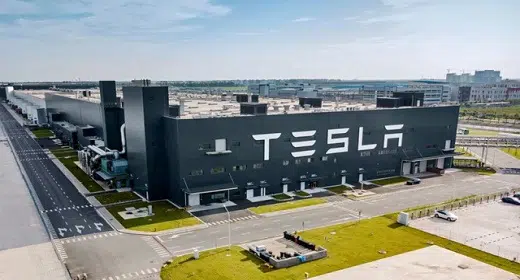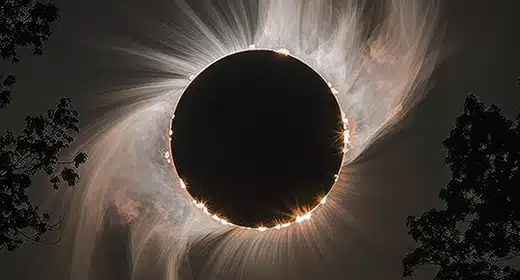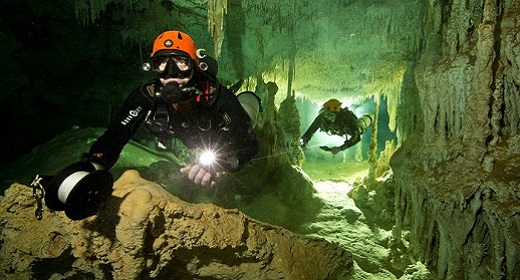by Johnna Crider: Tesla’s recycled batteries have provided almost 92% of their original raw materials back to Tesla for future use, according to new information in Tesla’s 2021 Impact Report…
Tesla’s factories are already using an in-house, closed-loop recycling system. This allows for all of Tesla’s batteries that it receives to be recycled with up to 92% of the raw materials being used again.
Tesla also shared some details about its battery chemistry, noting that lithium only accounts for around 1.5% of the full battery pack weight. Tesla’s iron phosphate battery packs have neither any cobalt nor nickel. Tesla stated the following in its latest Impact Report:
“While the relative cathode compositions and our overall demand of various minerals and battery-grade chemicals will continue to evolve, Tesla and the global battery supply chain will require significant quantities of responsibly produced lithium, nickel, cobalt, manganese, iron, phosphates, and many other minerals for the foreseeable future. While we recognize the critical role battery recycling will play in supplying a portion of these materials to enable a closed-loop supply chain, global cell production will continue to rely heavily on primary, mined materials to meet the growing demand in the short to medium term.
“The availability and affordability of these minerals and chemicals are key to advancing Tesla’s mission and accelerating the transition to sustainable energy. We will continue to collaborate with our suppliers and upstream producers in providing visibility to enable the scale up of key battery minerals. For cells containing NCA and NCM cathodes, we continue to work toward batteries that contain higher levels of nickel in order to improve vehicle range while lowering overall battery costs, without compromising overall cell performance, such as battery safety and lifetime, that is currently enabled by cobalt.
“It is important to note that we expect our absolute cobalt demand to increase over the coming years because our vehicle and cell production growth rate is forecasted to outpace the overall rate of cobalt reduction on a per cell basis.”





















































